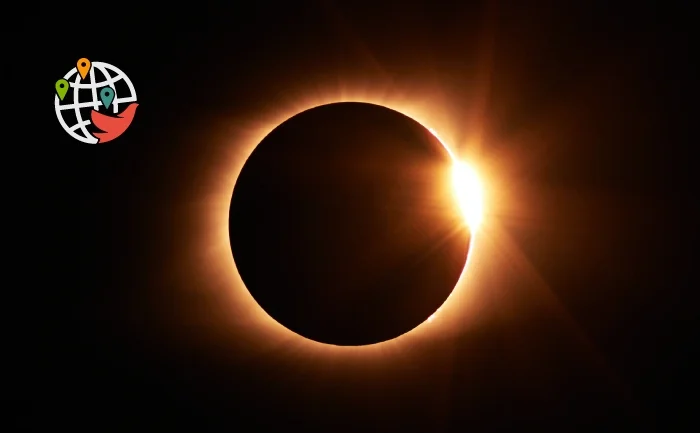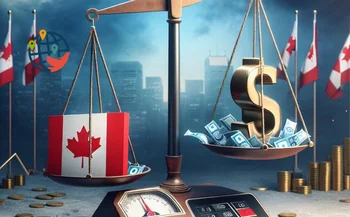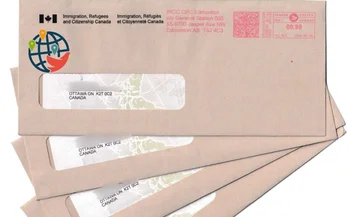Canadian residents will be able to see a "ring of fire" in the sky

Annular solar eclipse will be visible in all provinces.
This Saturday, October 14, Canada will be able to witness a spectacular astronomical phenomenon — a solar eclipse. Unfortunately, it will be best viewed south of the border, but different phases of the eclipse will be visible in almost all of the Americas, including all of Canada.
This time the Sun will not be completely hidden — the eclipse is annular, not total. This means that the Moon will only partially cover the Sun, and in its highest phase a so-called ring of fire will form around the Moon's shadow. But this does not make the spectacle any less mesmerizing. It is usually possible to observe something like this only a couple or three times a year.
What time can we watch?
The path of the eclipse will start over the Pacific Ocean, west of Vancouver Island, and then it will go southeast. In British Columbia, the eclipse will reach its maximum at around 9 a.m. local time: at 09:19 in the provincial capital, Victoria.
In Vancouver and British Columbia's Okanagan Valley, locals will see about 80 percent of the eclipse — and that will be the most impressive part of the eclipse in the country. The eastern provinces will be a little less lucky, but there will be plenty to see. For example, in Toronto, the Moon will begin to cover the Sun from noon, and the phenomenon will reach its maximum at 13:09 local time. By that time, the Sun will be more than a quarter covered.
By city and province
So, in Alberta (Calgary, Edmonton) the Sun will be about 70% closed from about 9:15 to 11:45, in Saskatchewan (Regina, Saskatown) it will be 60% closed from about 9:30 to 11:50, and in Manitoba (Winnipeg) it will be half closed from 10:28 to 13:00.
In Ontario, the Moon will overlap the Sun by almost 30% (Thunder Bay from about 11:40 to 14:10), and in Quebec (Montreal) by 20% from 12:10 to 14:20. In the Atlantic Provinces, the overlap will be quite small but also noticeable at 10% (Fredericton from 13:30 to 15:30).
How to watch?
Experts strongly recommend observing the rules of precaution. You should not look at the Sun with an unprotected eye even for a very short time. And during the annular eclipse it will not be blocked completely for a single minute.
There are special glasses for observing a solar eclipse, and specialized protective filters are sold for photographic equipment. Both are relatively inexpensive, and the investment for astronomy enthusiasts is sure to pay off in impressions.
A total solar eclipse in Canada will be visible as early as April 2024.





























